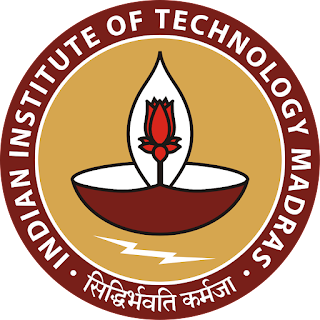"PhotoRec" is a free and open-source software designed to recover lost files, including videos, documents, and archives from hard disks, CD-ROMs, and lost pictures from camera memory. It is a companion program to TestDisk, another data recovery software. PhotoRec ignores the file system and goes after the underlying data, so it will still work even if your media's file system has been severely damaged or reformatted.
Installation:
First, you need to make sure you have TestDisk suite installed on your system, as Photorec is a part of it. You can install TestDisk on Kali Linux using the package manager. Open a terminal and run:
sudo apt-get update
sudo apt-get install testdisk
Once installed, you can access Photorec from the command line.
Launching Photorec:
Open a terminal window.
Run photorec command with superuser privileges (using sudo) to launch the Photorec utility.
Selecting the Disk:
Photorec will display a list of available storage devices detected on your system.
Choose the disk from which you want to recover files. This could be a hard drive, USB drive, memory card, etc.
Selecting Partition and Filesystem Type:
Next, you'll be prompted to select the partition type of the disk. Usually, you can go with the default option unless you specifically know the partition type.
Similarly, you'll be asked to choose the filesystem type. If you're unsure, you can often select the default option which allows Photorec to search for a variety of filesystems.
Choosing Recovery Options:
Photorec offers various recovery options such as searching for deleted files, recovering files from damaged partitions, etc. You can select the appropriate options based on your needs.
Selecting Destination for Recovered Files:
Photorec will ask you where you want to save the recovered files. It's recommended to choose a different drive or location from the one you are recovering from, to avoid overwriting any existing data.
Recovery Process:
Once all the options are configured, Photorec will start scanning the selected disk for recoverable files.
During the scan, Photorec will analyze the disk at a low level, searching for file signatures and attempting to reconstruct files based on their internal structure rather than relying on the filesystem.
Reviewing Recovered Files:
After the scan is complete, Photorec will display a list of files that it has found and recovered.
You can review the recovered files in the destination folder you specified earlier.
Saving the Recovered Files:
Once you've reviewed the recovered files, you can choose to save them all or selectively save specific files to your desired location.
Exiting Photorec:
After you've saved the files you want, you can exit Photorec by following the on-screen prompts or closing the terminal window.
Subscribe to:
Comments (Atom)
A distinctive water purification technique has been developed by a research team led by IIT Madras.
IIT Madras, in partnership with Tel Aviv University in Israel, has created an aerogel adsorbent designed for th...

-
IIT Madras, in partnership with Tel Aviv University in Israel, has created an aerogel adsorbent designed for th...
-
The Purpose of Our Blog: Guiding Your Academic Success Welcome to our dedicated blog, tailored for students lik...

No comments:
Post a Comment